The untold "app gap" story Part II: App gap? What app gap?
The term "app gap" suggests a numeric disparity exists between the number of apps available on iOS and Android and that of Microsoft's Windows Store.
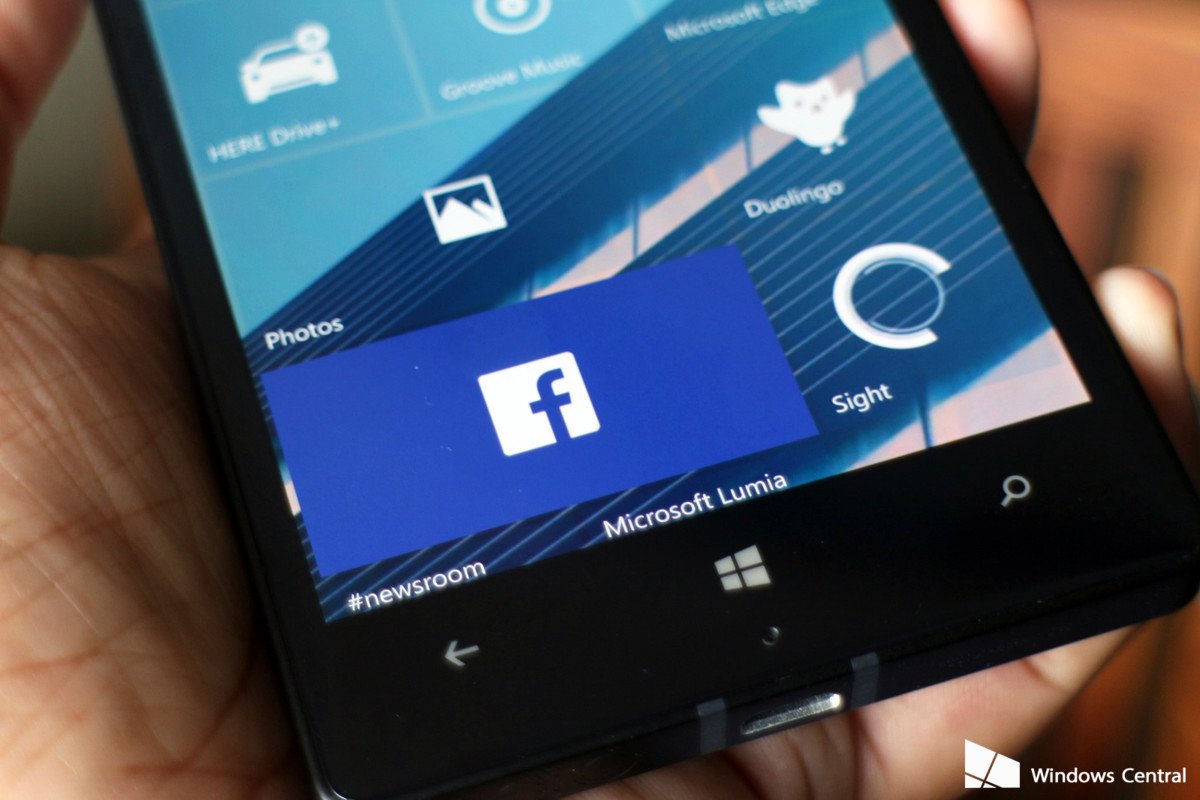
However, as I mentioned in "Part I of this series: Human behavior, the overlooked variable" , the term "app gap", has evolved to also include a "quality of app" factor. Thus "app gap" now carries the additional connotation that there is a quality gap between some of the apps of the dominant platforms and Microsoft's.
There has, however, been an even more dramatic evolution of the term. Due to how it is presented in most reporting without the context of how the average smartphone user (at least in the US) behaves in relation to apps, "app gap" has further evolved to mean a dramatically inferior or nearly unusable smartphone experience if a consumer chooses Windows Phone.

Though not explicitly stated this way clear recommendations away from Windows Phone and other inferences strongly imply this. This logic, however, is not necessarily valid. Human behavior is a critical factor to incorporate when we consider the empirical data of the app quantity and sometimes the quality disparity between Windows phone and iPhone and Android apps.
In Part I, we gave a broad view of the effect of human behavior on app usage and the general smartphone experience of the average US smartphone user. We surmised that the impact of certain missing apps from the Windows Store would not dramatically affect the average smartphone user's experience. This conclusion was reached based on an analysis of the 2015 US Mobile App Report which presented data reflecting human behavior in relation to apps.
In this piece we will look more closely at that data and talk in greater detail about what apps are most used, by most users, most of the time; and why that information effectively precludes an "app gap", in the sense of a dramatically inferior or unusable smartphone experience, for the average US smartphone user who chooses Windows Mobile.
As I proceed with this analysis, please note, I will be speaking from the perspective of the demographic reflected in this data: US smartphone users. It may, however, be reasonable to conclude that human behavior in other regions may yield a similar concentration of app usage on a small core assortment of apps.
Six apps or less
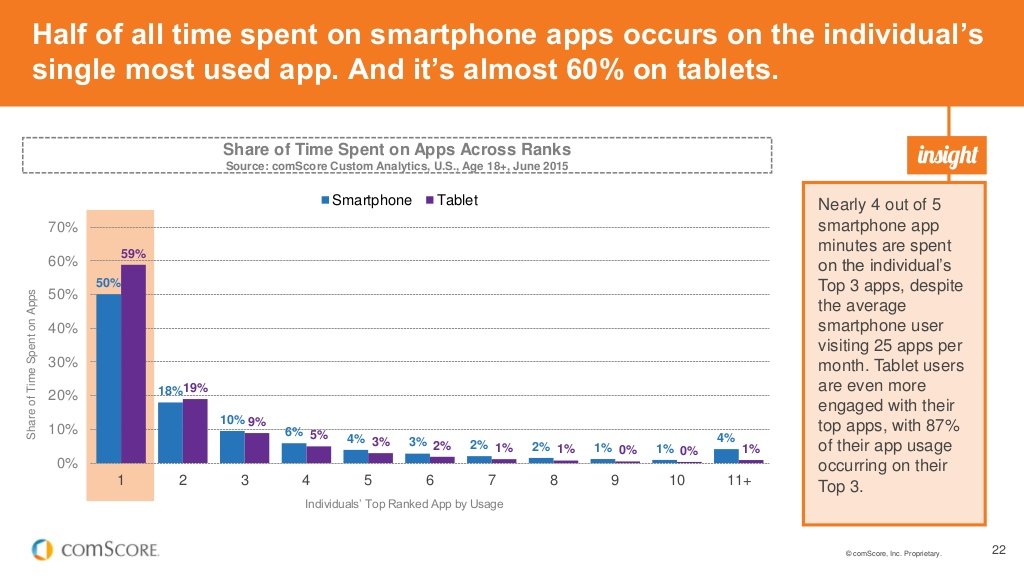
As I mentioned in Part I, most US smartphone users spend an astounding 50% of their smartphone app time in their top used app. After reading this information, the logical question would be what are users doing with the other 50% of their time. According to the data, 78% of a user's time is spent within his top three apps. A whopping 91% of his time is spent in the top six apps. So just to wrap a bow around that information nearly 100% of a US smartphone users time is spent in a mere six apps. Put another way, of the 1.5 million apps available to iPhone and Android users six apps dominate the time the average user spends on his smartphone. Six. You can almost count that on one hand.
Get the Windows Central Newsletter
All the latest news, reviews, and guides for Windows and Xbox diehards.
Six apps dominant the time the average user spends on his smartphone.
At this point, the inquisitive reader may be asking, "What six apps are garnering the attention of most smartphone users?" Surely with the variety of tastes and habits among users, there would be variation in what apps are most important to different individuals. This is true. However, given various trends in communication, entertainment, utility, the activities best served from a smartphone and the integration of native apps in particular operating systems certain apps emerge from the data as top apps consumers use on their smartphones.
I concede that individual experiences will vary, however, the following data reflects that of the typical US user. Thus, the average US smartphone user will find that what Comscore's Mobile App Report reflects as the most used apps will also reflect their personal app usage.
The top 25 apps of 2015
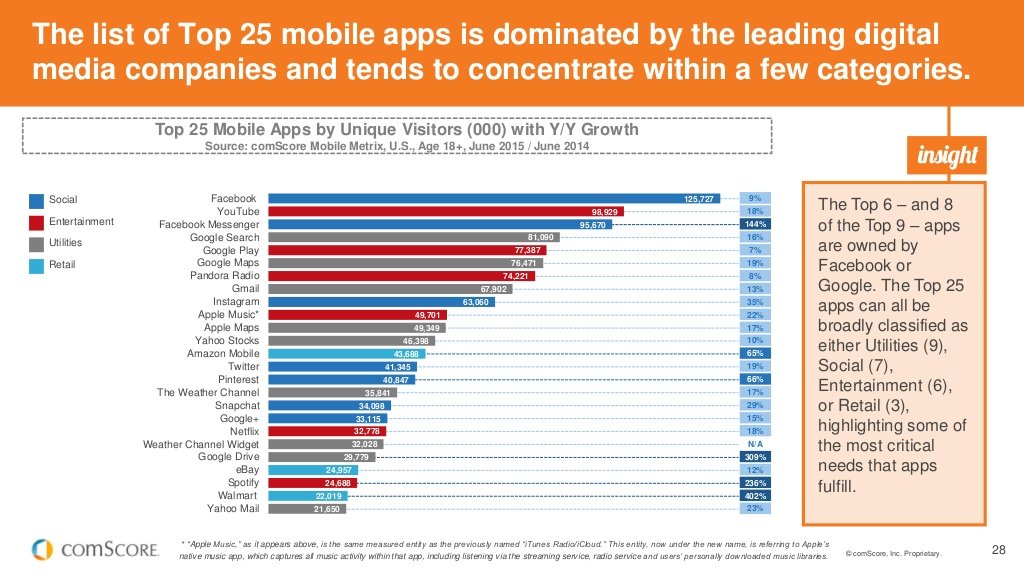
The data above reveals the top 25 apps used by US smartphone users and covers the categories of utilities, social, entertainment and retail. Even a cursory glance at the table reveals that social activity on Facebook dominates all other smartphone app usage. This may come as a surprise to many of us who consistently hear of the importance of apps such as Snapchat in the social category, particularly among millennial's. Yet, it seems that Zuckerburg and company are still garnering not only the lion's share of social app activity, but all app activity of smartphone users including the "all-important" trend-setting millennial's. More on that in a bit.
Two of the three most used apps, Facebook and Messenger, have first-party apps on Windows Phone.
Furthermore, as reflected in the chart, of the top three most frequently used apps, two, Facebook and Facebook Messenger, have first-party apps on Windows Phone. Thus of the top three most used apps that, statistically speaking, would garner 78% of the app usage time of the average smartphone user, two have first-party apps on Windows Phone. Don't fret, we will talk about that second ranked YouTube app shortly. But first…
Comscore's data from the previous years report provides further insights into the variations of how iPhone and Android phone users interact with their apps. iPhone users spent most of their app time consuming media. Social networking, radio, general news, and weather ranked high for those in the Apple camp.
Conversely, Android smartphone users' app time was dominated by search and email categories. This data, of course, is a reflection of the native integration of Google's services on the platform. It is worth noting that the categories most served by both iOS and Android being social networking, radio, general news, weather, search and email are all areas also available on Windows Phone either as first-party apps or native apps/services.
Window Mobile and the top 25
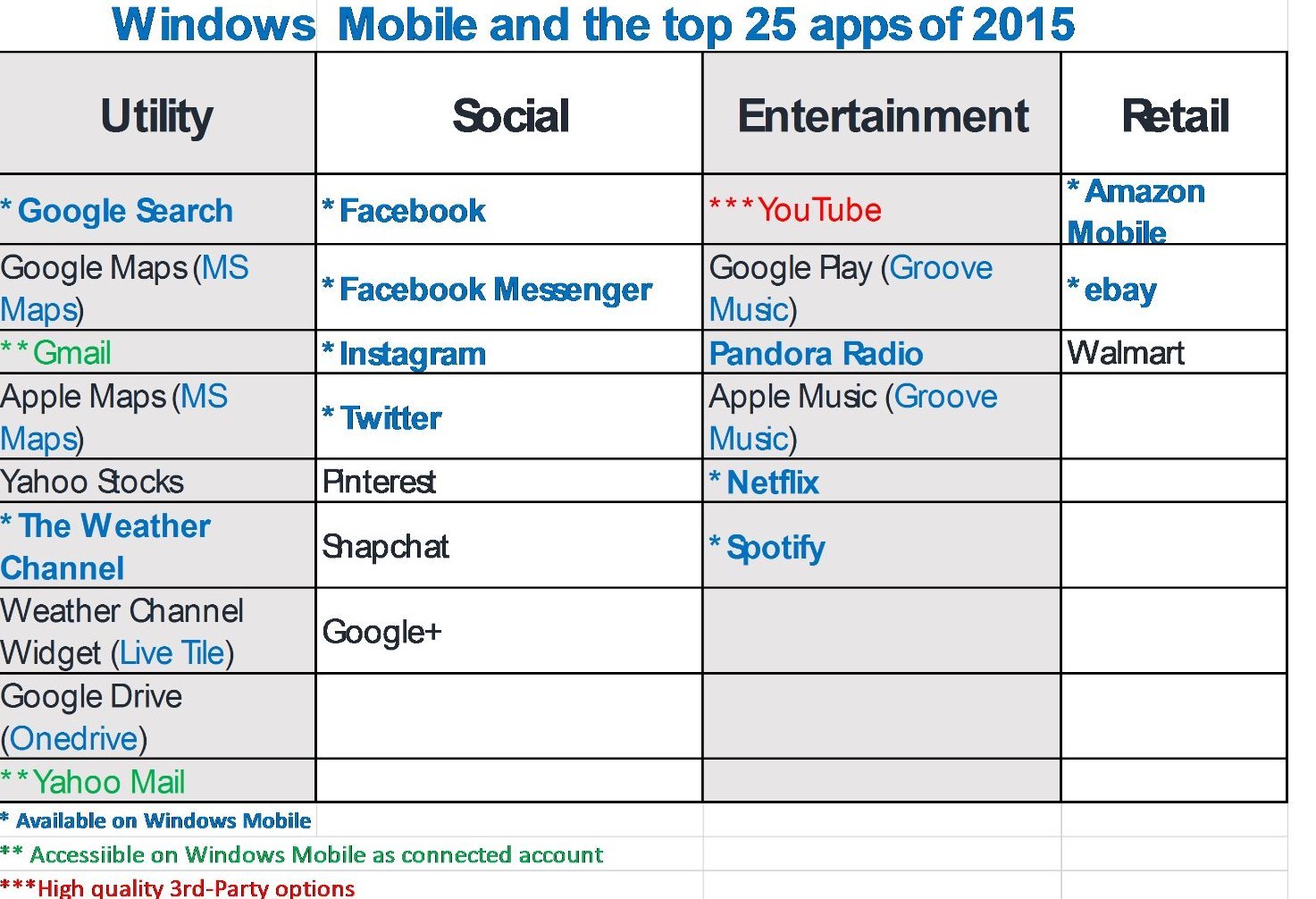
In reviewing the table above which highlights which of the top 25 apps are available on Windows Mobile, again, it is clear that the leading app, Facebook, which garners most user's app time most of the time, is represented on the platform. Further review of the chart reveals that the social networking category is represented on Windows Mobile with four of the leading seven social networking apps. Pinterest, which ranks fifth among the social apps, is absent from the platform but of course has third-party options that fill the gap.
Windows Mobile has four of the leading social apps including Facebook which dominates all smartphone app usage.
Rounding out the list of social apps missing from Windows Mobile which are among the top 25 most used smartphone apps are the notoriously absent Snapchat and Google+. Most of us are aware that to date both the CEO of Snapchat and Google's leadership have shown an unwavering commitment not to bring Snapchat and most Google apps to Windows Mobile. There are many, of course, that are hoping that this will change, and it may. One day.
In the meantime, given that most users spend 50% of their app time in their top app and Facebook is the top app used on mobile, Facebook and as we've seen Facebook Messenger, for most users would dominate smartphone app usage. Thus, the absence of Pinterest, Snapchat and Google+ from Window Mobile, which certainly has an effect on some users, for most users, statistically speaking, it would have little effect on their dominant smartphone app usage experience.
Grappling with Google
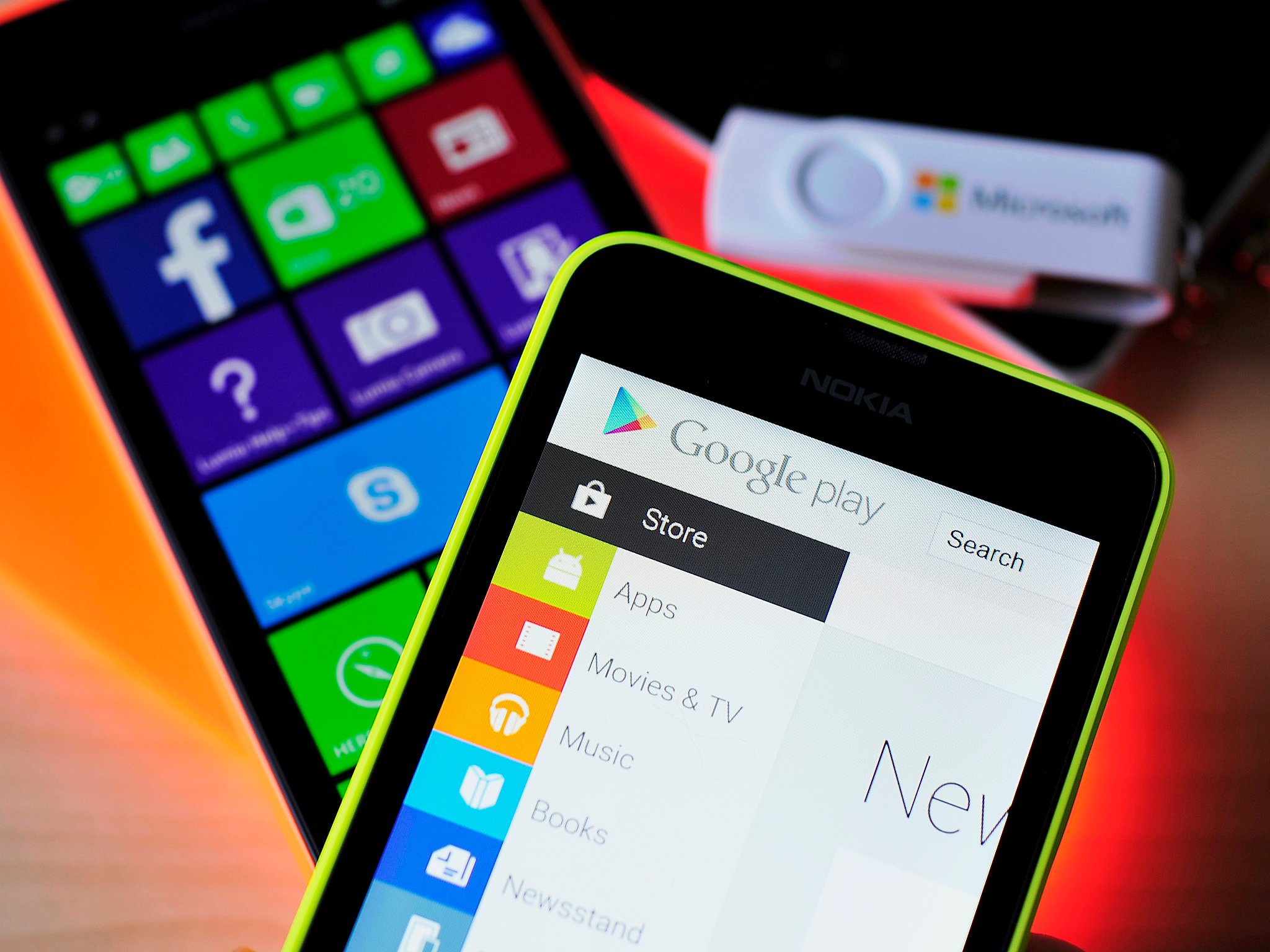
Speaking of Google, when reviewing the utility category it is clear that Google's apps, in comparison to other publishers, dominate that category. Of course, the representation of Google Search, Gmail, Google Drive and Google Maps (which are core apps on Google's Android smartphones) among the top 25 most used apps is due to Android's 84% dominance in the smartphone space. Said another way, most smartphones in use are Android phones which, like other platforms, have integrated apps or services that are the platforms defaults.
Of course, users of most platforms whether Windows, iOS or Android, defer to the platform's default services. Thus, Google's basic utility apps of Google Search, Gmail, Google Drive and Google Maps are so widely used by smartphone users in part because Google's mobile platform is the most widely used smartphone platform. Of course, Google has made some of its first-party apps available on iOS thus broadening their reach.
Google's most used utility app Google Search is available on Windows Mobile.
That said despite Google's resistance to bringing its popular apps to Windows Mobile, the most used utility app, Google Search, is indeed available on the platform as the only first-party Google app. This point brings us to mail. Gmail is Google's third most used utility app. As an integrated Android utility it rose to widespread usage as a mail service with the rise of Android-based smartphones just as Hotmail/Live/Outlook grew in popularity with the proliferation of Windows PCs. As a basic utility, most users defer to these mail services because they're intrinsic to a system and easily set up on a device. Of course, Windows Mobile handily incorporates multiple mail services making a Gmail (or Yahoo) account with contact and calendar sync options readily available on Windows Mobile.
Silver Lining
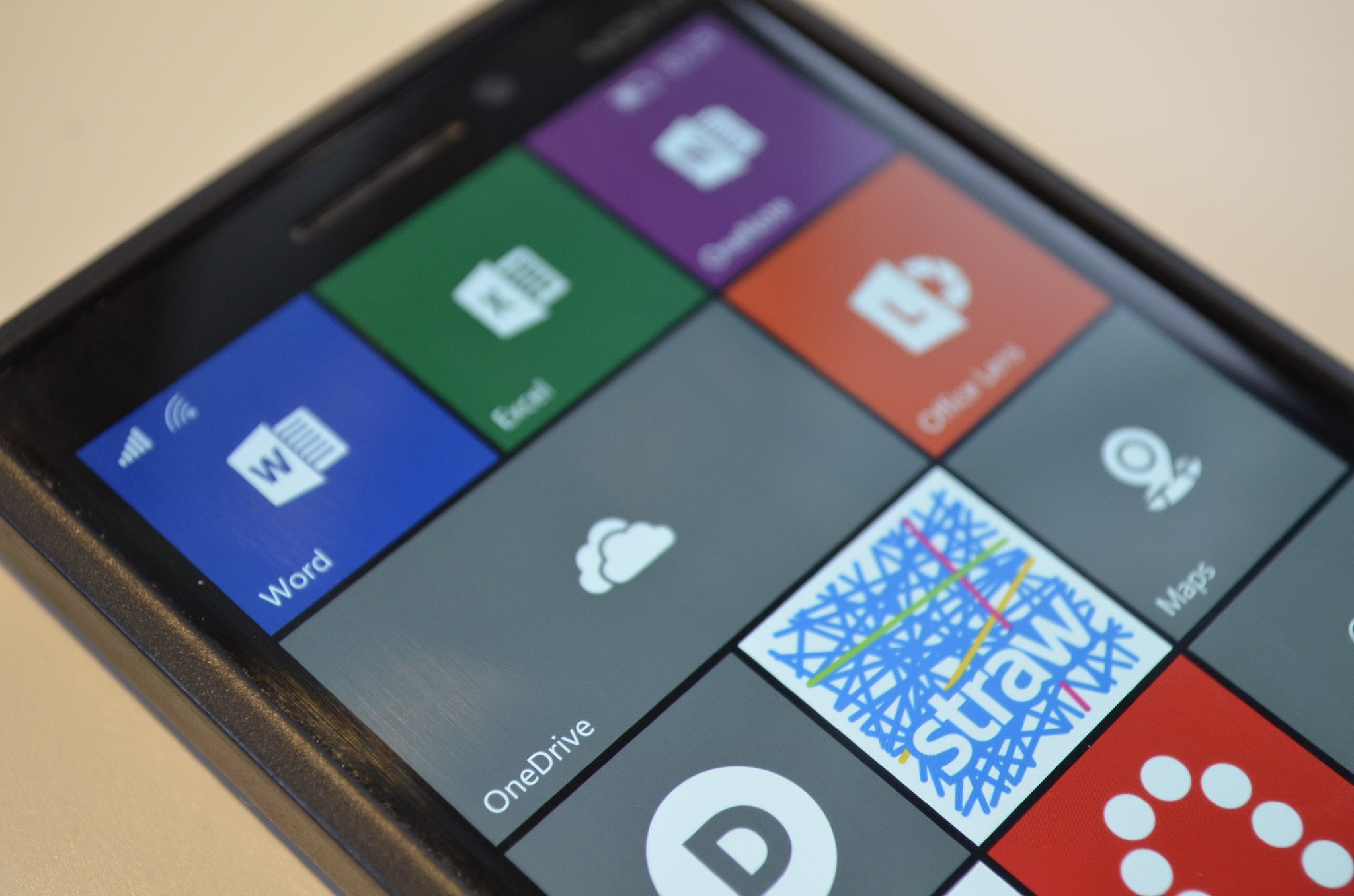
Moreover, Google Drive, Google's cloud storage solution, though among the top 25 most used mobile apps (again due to Android's dominance in the space) is actually 21st in the list. Of course as an integrated utility app, human behavior being what it is likely makes this app popular, again due to its position as a default option on a pervasive platform.
The function it performs as a default cloud storage service for the average smartphone user is not unique in that the operation is rendered equally as well with Microsoft's OneDrive as the default cloud storage service for a Window Mobile user.
In regards to human behavior, where storing media, music and documents and accessing them from various devices is the expectation from the app, the average smartphone user would find that OneDrive on Windows Mobile comfortably accommodates that expectation.
Finding our way
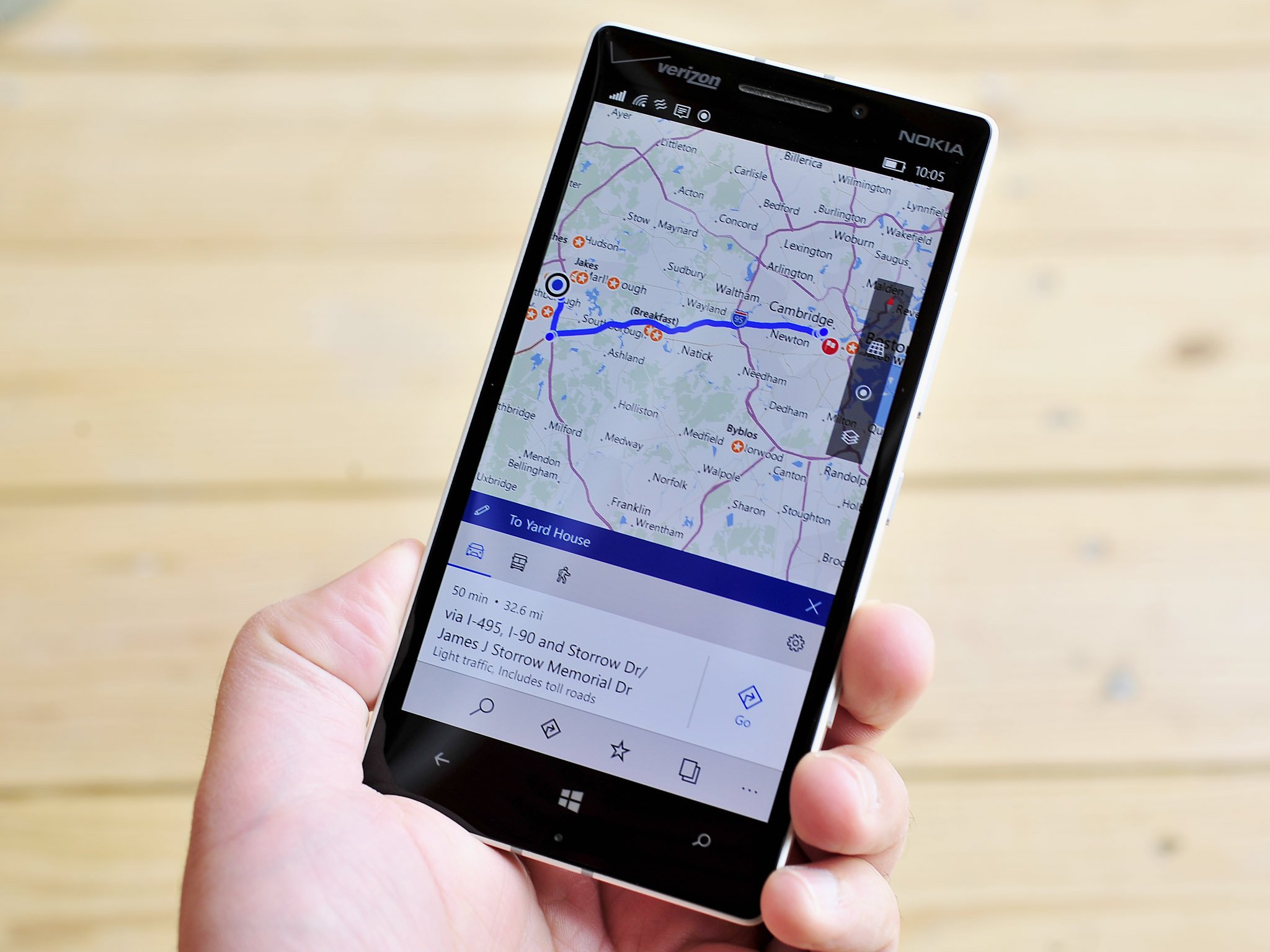
Google Maps is number six in the top 25 most used apps. As the market leader in maps, Google has a clear advantage over the competition. That said the default Microsoft Map app, which draws its data from Here maps has been continually improving. And though it may not yet glean the level of accolades that are heaped upon Google Maps, the service has proven a to be a reliable and desired support to many in getting users from point A to point B. Just look at the consortium of businesses such as Uber, Audi and Mercedes-Benz, among others, who either wanted the business or vied to purchase a stake in it.
Again, even with the sixth-place ranking of Google Maps, more than 80% of a user's smartphone app time is spent in his top five apps. Even if Maps ranks within the top five for some users the overwhelming majority of the average user's app usage is spent in social media.
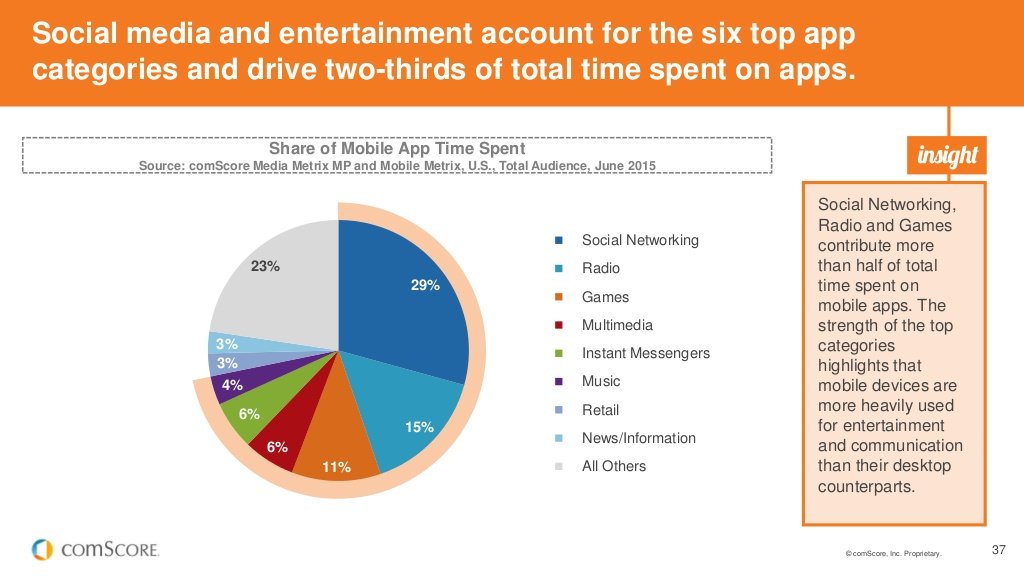
Thus though Google (and Apple) Maps ranks high for many users, daily app usage for the average smartphone user would not be dramatically impacted by its absence. Especially since, in the event mapping services are needed, Windows Mobile has a viable option with Microsoft's Map app with data provided by industry-respected Here.
Finally, the popular Weather Channel Widget, a utility app that ranks among the Top 25 most used apps of 2015 is an exclusive feature of Android and therefore is not replicated on the iPhone or Windows. However, the widgets function of providing dynamic weather information which serves the human-app-interaction of displaying glance-able information is provided by the Weather Channels Live Tile on Windows Phone.
Thus, when we incorporate the human behavior factor in relation to app usage we see that the behavior of glancing at dynamically updated information via the representation of an app on a home screen is supported by both Windows Phone's live tile as well as Android's widget.
Defaults at "fault"
Clearly there is dominance of Google utility services such as mail and cloud among the top 25 apps of 2015 due to Android's market dominance. It's reasonable to conclude that for the average US smartphone user (not enthusiasts), however, that those default services are used because they are indeed the default options. Human behavior being what it is, causes us first to seek a desired function (i.e. email) and then look for the path of least resistance. Thus, default options dominate.
If the average smartphone user were to use Window Mobile the same pattern of desired function (i.e. email), and the path of least resistance, default options, would also follow. Though there are indeed many users who have bought into services such as Gmail and Google Drive, the average smartphone user (particularly users of the prolifically available Android smartphones) use what the device provides. And as we've seen Windows Mobile's default utility options fulfill the desired functions of the average smartphone user.
For entertainment purposes only
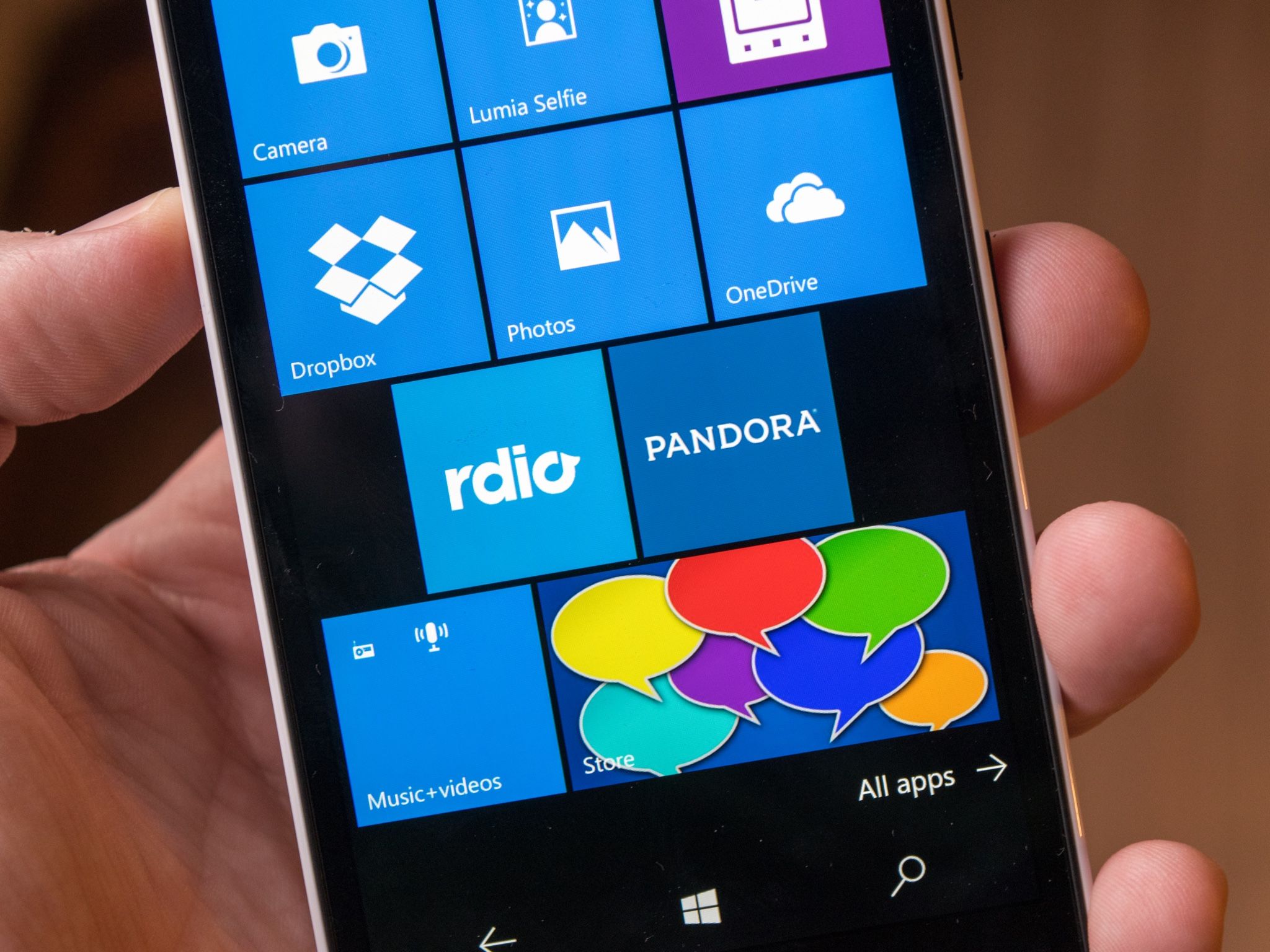
When it comes to entertainment on our smartphones listening to music and watching videos dominate our app usage. The music services of Pandora and Spotify which are among the top 25 most used music streaming apps are both on Windows Mobile. The popular streaming video service, Netflix, which is also among the top 25 most used apps, is also on Windows Mobile. First-party apps Google Play and Apple Music, as many first-party services, again are represented among the top 25 because of their "native" affiliation on the popular iPhone and Android phones. Groove music as a first-party music service on Windows Phone offers a similar first-party music experience as Google Play and Apple Music provide for their respective platforms.
Then there's YouTube. Youtube is the second most used app among the top 25 most used smartphone apps. Of course, Google bringing a first-party YouTube app to Windows Mobile has proven problematic. Moreover, writers have shared time and again that Windows Mobile doesn't have a Google published YouTube app, leaving many uninformed readers with the notion that Windows Mobile doesn't have a YouTube app. As the theme of this series has been that's simply not the full story.
What is the human behavior in relation to the YouTube smartphone app?
The conclusion many readers who read what some writers have written is that if they choose Windows Mobile, they will be unable to search for and watch YouTube videos via an app. Of course, this is not true. The question to consider, particularly with an app such as YouTube, is what is the app's primary function for the average smartphone user. Or what is the human behavior in relation to the app? The answer to that question would be searching for and viewing videos. This usage is the human behavior component that is often overlooked when the app gap story is told.
Given that searching for and viewing videos is the primary function of the smartphone YouTube app the question that follows would then be is there a YouTube app on Window Mobile that allows that human behavior. The answer, of course, is yes. As a matter of fact check out our two year old review of MyTube, which since the recording of the video in 2014, has exited beta.
Third-party alternatives MyTube, Tube HD and Tube Pro, which all have excellent ratings in the Windows Store provide the basic functions of searching for and viewing YouTube videos. They also allow the broader range of features of uploading and downloading videos, downloading audio, managing subscriptions and much more.
Windows Mobile has all three of the most used entertainment apps Spotify, Netflix and Pandora.
So even here in the entertainment category, Windows Mobile has all three of the most used entertainment apps Spotify, Netflix and Pandora. Furthermore, in the absence of an official YouTube app the human behavior of searching for and viewing videos is seamlessly facilitated by high-quality third-party YouTube apps on Windows Mobile. Thus, the way in which users actually use smartphone apps combined with the availability of popular apps on Windows Mobile, effectively precludes in this additional area, the practical existence of an "app gap." That is to say, a smartphone experience that is dramatically inferior or a device that is nearly unusable as a smartphone if a consumer chooses Windows Phone due to missing apps or some apps that are of comparatively lower quality.
Finally, in the retail category, two of the three most used retail apps Amazon Mobile and eBay are present on Windows Mobile. The Walmart app which ranks 24th among the top 25 most used apps, though missing from Windows, statistically does not garner much of a user's app usage time in that 91% of an average users time is spent in their top six apps. That said, though it's absence may be an inconvenience for some users some of the time, it would have little effect on the average smartphone users most frequent smartphone usage most of the time.
Facing Facebook
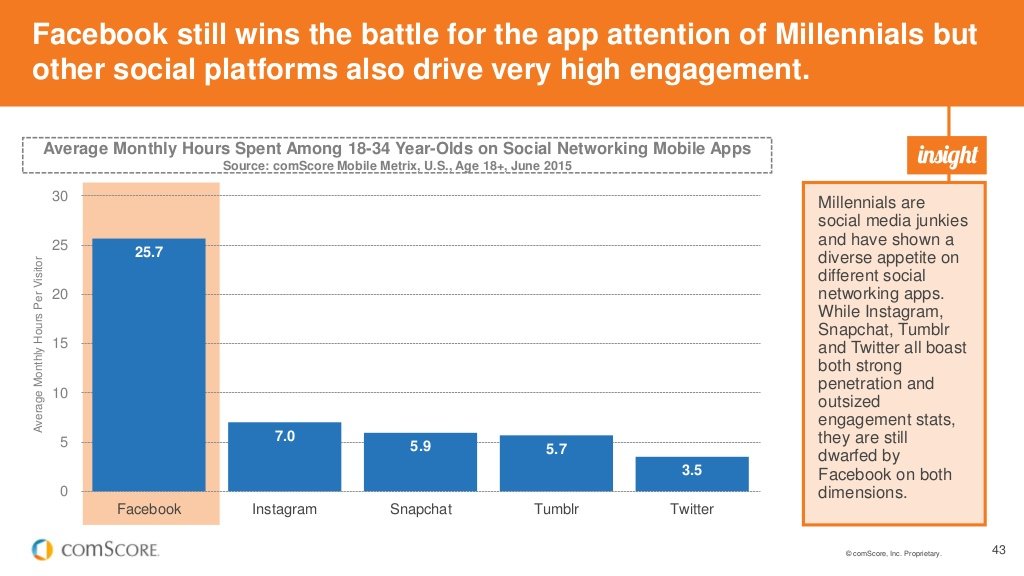
As stated earlier, Facebook dominates smartphone app usage. This stat is even true for millennials, the 18-34 age group, who are often hailed as trendsetters in technology. Yet, despite the growing popularity of social media platforms such as Snapchat, Facebook still rules.
Grabbing more than 25 monthly usage hours per user, Facebook receives more than three times the time commitment than the second most engaged app, Instagram, which claims only seven monthly usage hours. At a mere 5.9 monthly user hours, the often lauded Snapchat receives a little less than a quarter of the time the more established Facebook receives. Tumbler and Twitter clock in at 5.7 and 3.5 monthly hours, respectively.
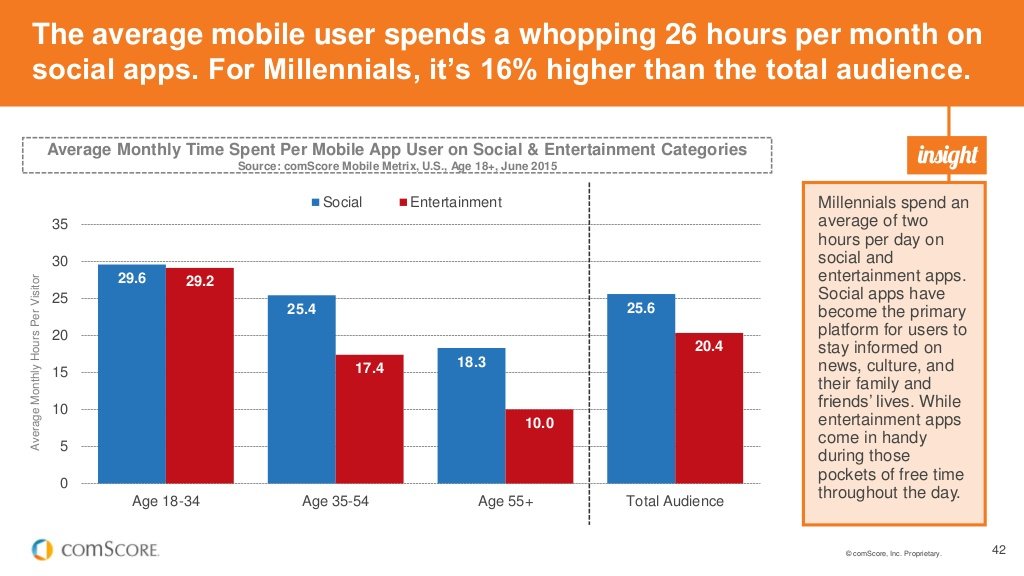
Facebook's 25.7 monthly usage hours vs Snapchat's 5.9 suggests less than expected impact of Snapchat's absence.
Given the dramatically high usage of Facebook by millennials and the relatively low usage of Snapchat by comparison, the impact of the absence of Snapchat from Window Mobile, though problematic, may not be as impactful as many surmise.
Does Windows Mobile need Snapchat (and the popular apps it represents)? Sure. However, 32.7 of the 38.6 monthly usage hours millennials commit to Facebook, Instagram and Snapchat occur in Facebook and Instagram, both of which are available on Windows Mobile. Being that Snapchat is clearly more widely used by millennials than older demographics, its usage among the broader smartphone consumer market would be even less than reflected here. Consequently, Snapchat's, absence would likely not as dramatically affect the average smartphone user who chooses Windows Mobile to the degree most writers and anecdotal comments often conveys.
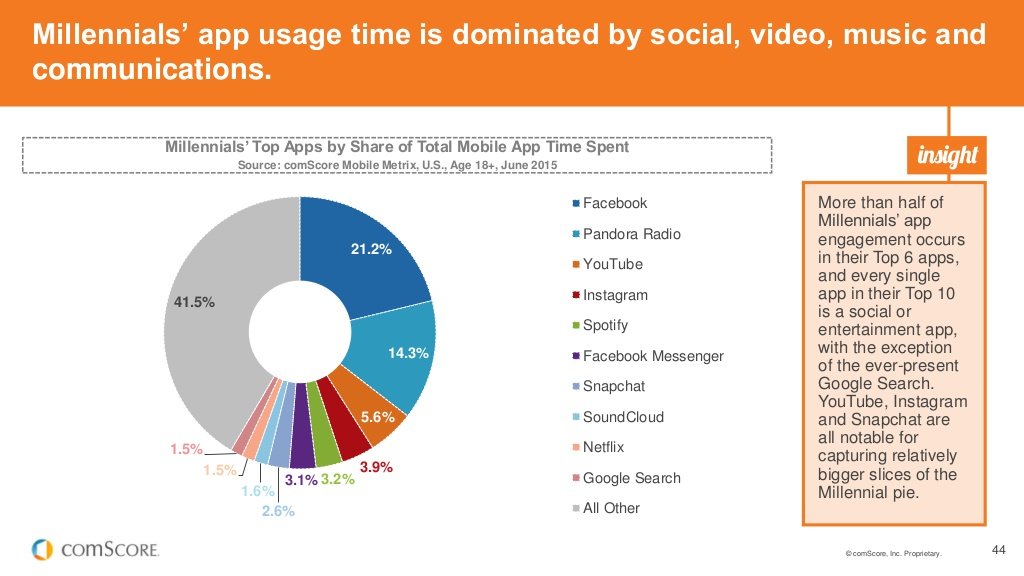
The presence of these popular apps on WM challenges the "practical existence" of the app gap.
Finally, in relation to millennials, a review of the above chart reflects the group's app usage time across social, video, music and communication apps. We see that of the eleven identified apps that dominate a millennials app usage time, only two of those, Snapchat (2.6% usage time) and Soundcloud (1.6% usage time), are not represented on Windows Mobile. Facebook, Instagram, YouTube (third party), Spotify, Facebook Messenger, Netflix and Google Search garner a whopping 54.3% of a millennial's app usage time.
Clearly the strong representation on Windows Mobile of these apps that this trend-setting group spends most of their time using on the more popular platforms is a powerful indication that, again, the practical existence of an "app gap" (a dramatically inferior or unusable smartphone experience) for the average smartphone user is simply not the case.
Wrapping Up
As we've seen in part one of this series, human behavior is a critical and often overlooked factor when discussing the app gap. When we consider the app gap as meaning missing or some less polished apps on a platform, there are indeed missing and some less polished apps on Windows Mobile. This reality does indeed affect some users, like myself when I want to use my cancelled banking app, some of the time. Just being honest folks.
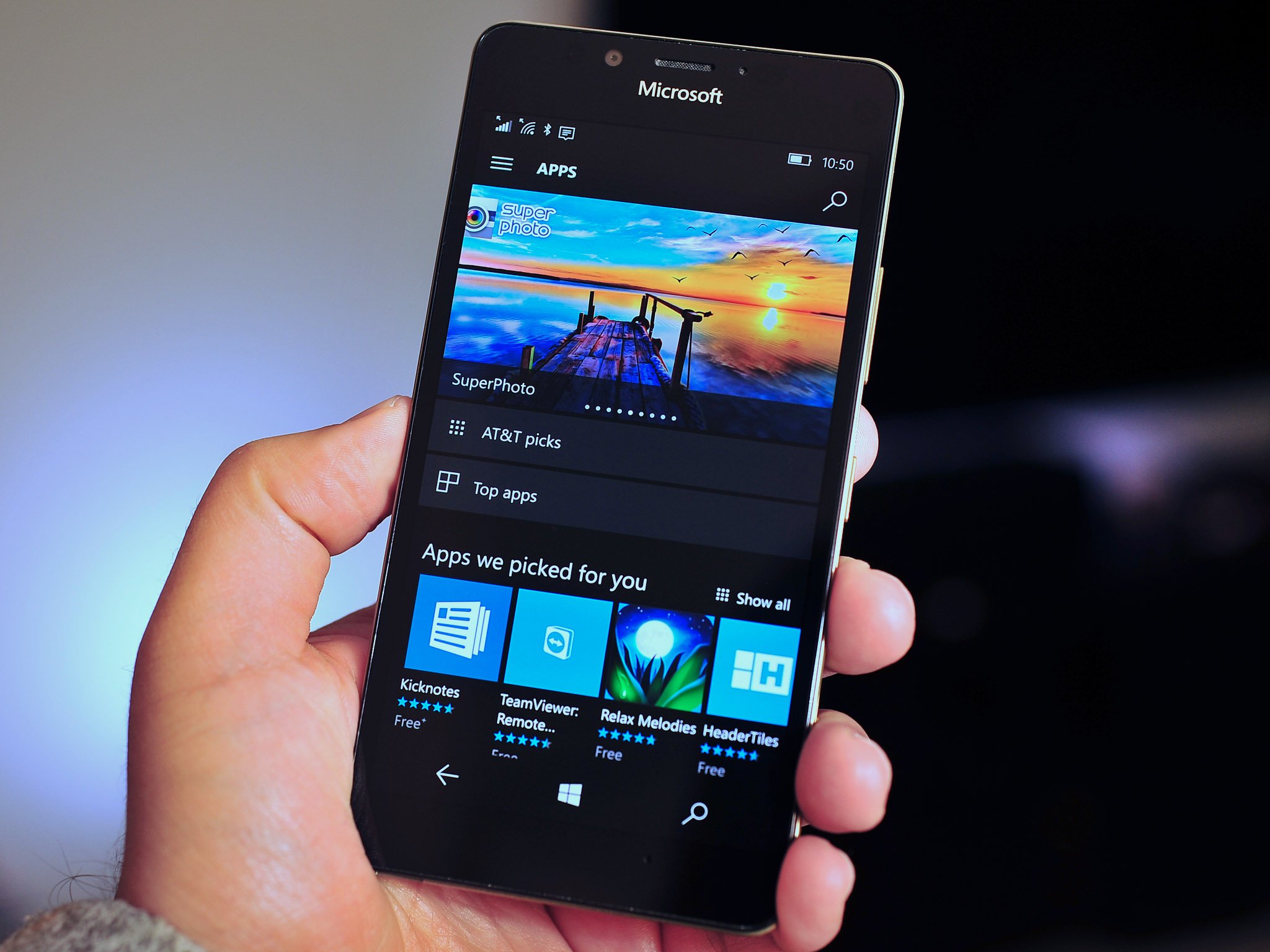
However, according to the data from the 2015 Mobile App Report, 50% of the average US user's app usage time is devoted to their top used app. Furthermore, 91% of a user's time is committed to his top six apps. Moreover, social apps dominate mobile app usage with Facebook being not only the most used social app but the most used app altogether.
This human behavior in relation to apps adds a broader scope to how the term "app gap" should be defined. Considering that according to the data that we've analyzed most apps, that most users use most of the time(including the trend-setting millennials) are available on Windows Mobile; the often stated or implied drastically inferior app experience for the average smartphone user using Windows Mobile is likely a conclusion reached in error.
By omitting the human behavior factor and focusing only on the empirical quantity and limited quality variables of the app gap equation a critical piece of the app gap story is never told. Well, that is, until now.
Part I: Human behavior, the overlooked variable
Stay tuned for part three to see where we go from here. Until then sound off in comments and given it's popularity, give this a share on Facebook!
Jason L Ward is a columnist at Windows Central. He provides unique big picture analysis of the complex world of Microsoft. Jason takes the small clues and gives you an insightful big picture perspective through storytelling that you won't find *anywhere* else. Seriously, this dude thinks outside the box. Follow him on Twitter at @JLTechWord. He's doing the "write" thing!

